Academics
At Parris South, we use a vertical progression guide published by Battelle for Kids. This guide shows educators the progression of the Standards within a grade level and helps them to develop an in-depth understanding of how the Standards for each year lay the foundation for instruction in the next. The staircases facilitate collaboration between grade levels as they work to develop curriculum that aligns with the Standards. This vertical progression guide is used in Reading/Language and Math.
There are “Anchor Standards” that build up from each grade, in order to progress the students from one point forward, building their knowledge as they move from one grade to another. The “Anchor Standards for ELA include: Reading Foundational Skills, Reading Literature, Reading Informational Text, Writing, Speaking, Listening, and Language. Staircases for Reading and Writing, Social Studies, and Science are also included.
Below is and example of one of the staircases for Foundational Skills for you, as a parent, to see how the skill begins in Kindergarten and this staircase will continue all the way through twelfth grade. This example shows how the students begin to learn to read and continue to become more fluent as they move up to the next grade. You are welcome to come to Parris South to see the entire vertical progression guide at any time.
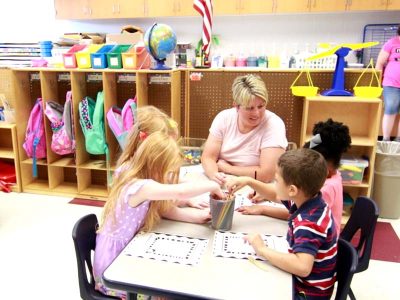
Pre-Kindergarten
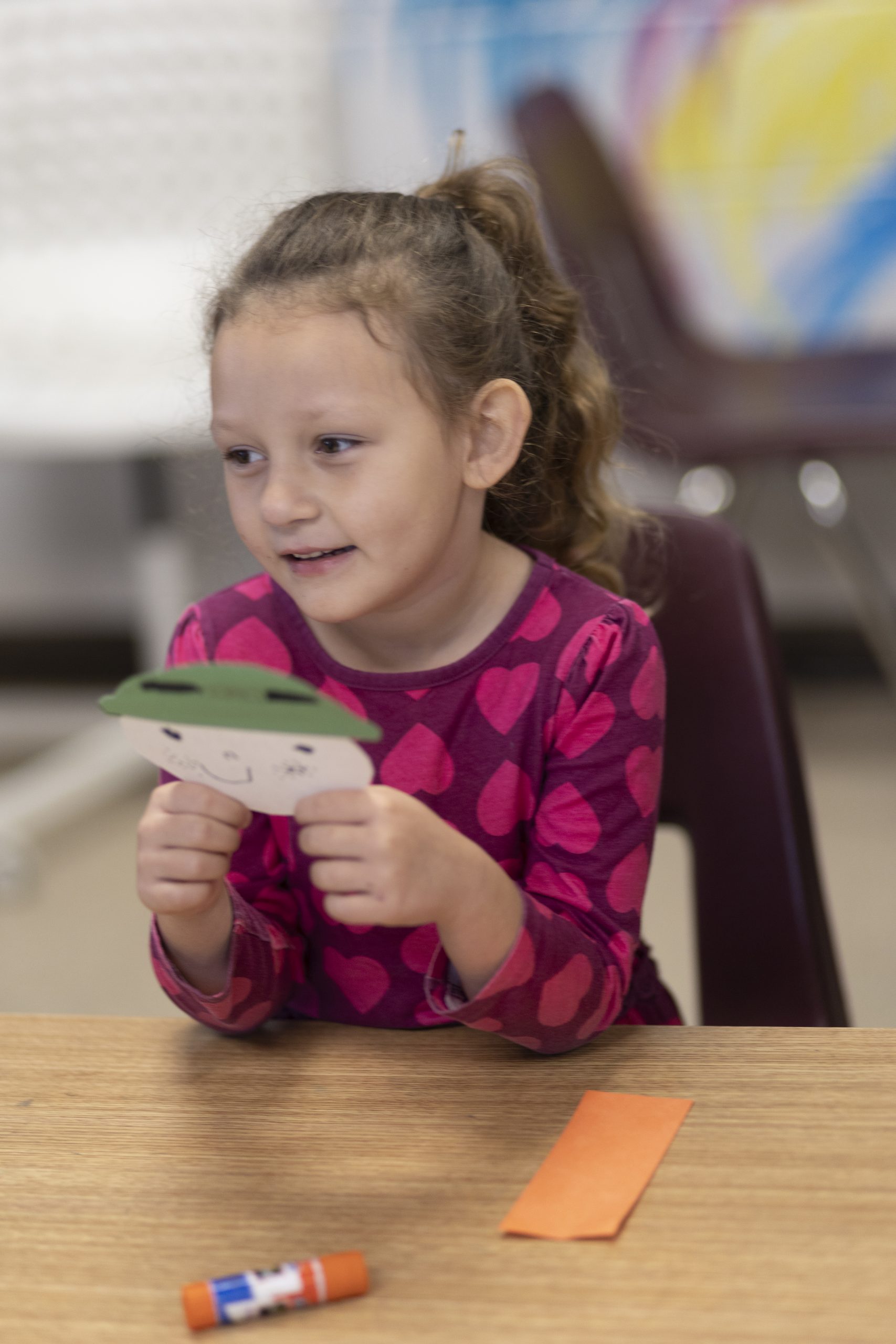
Kindergarten
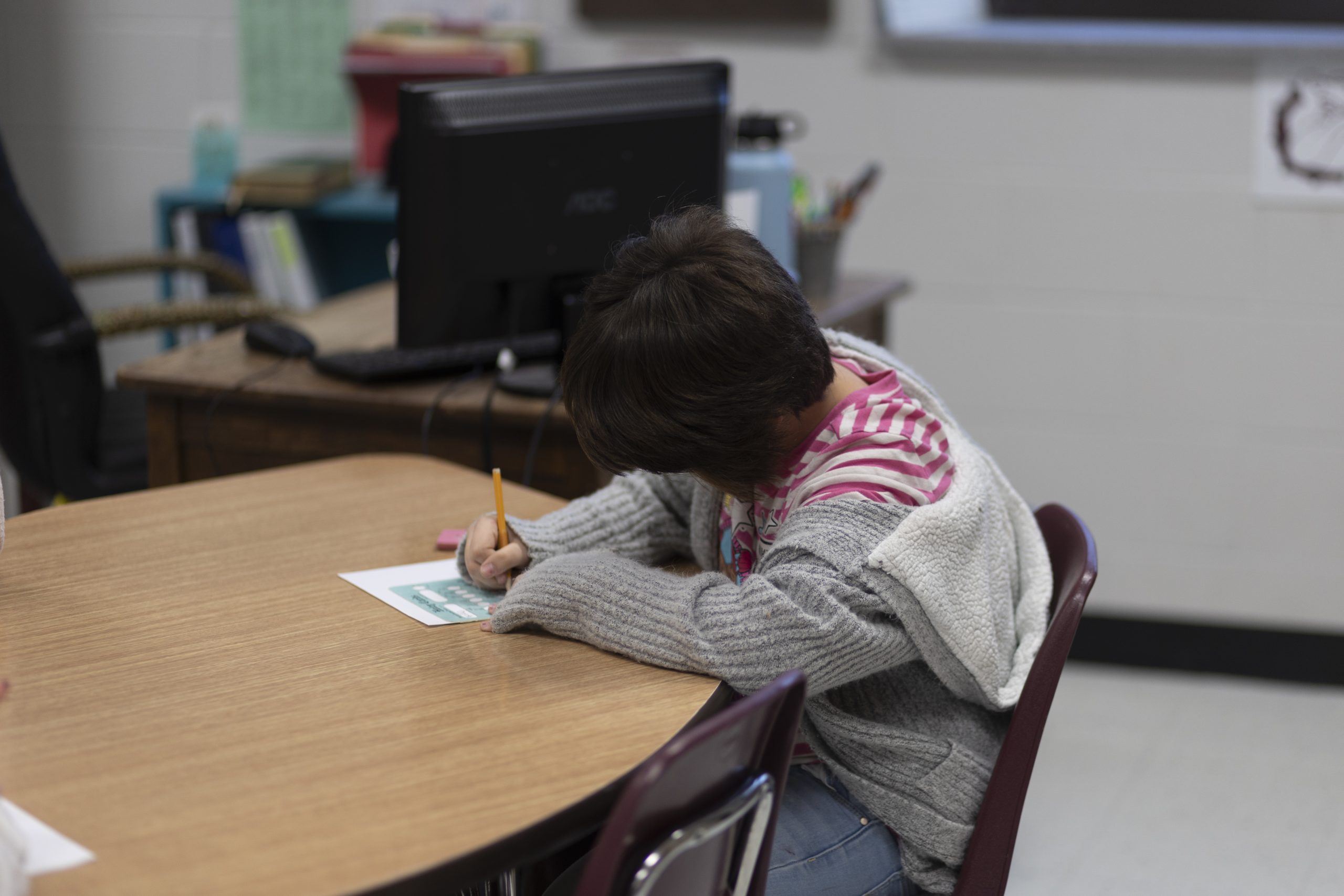
1st Grade
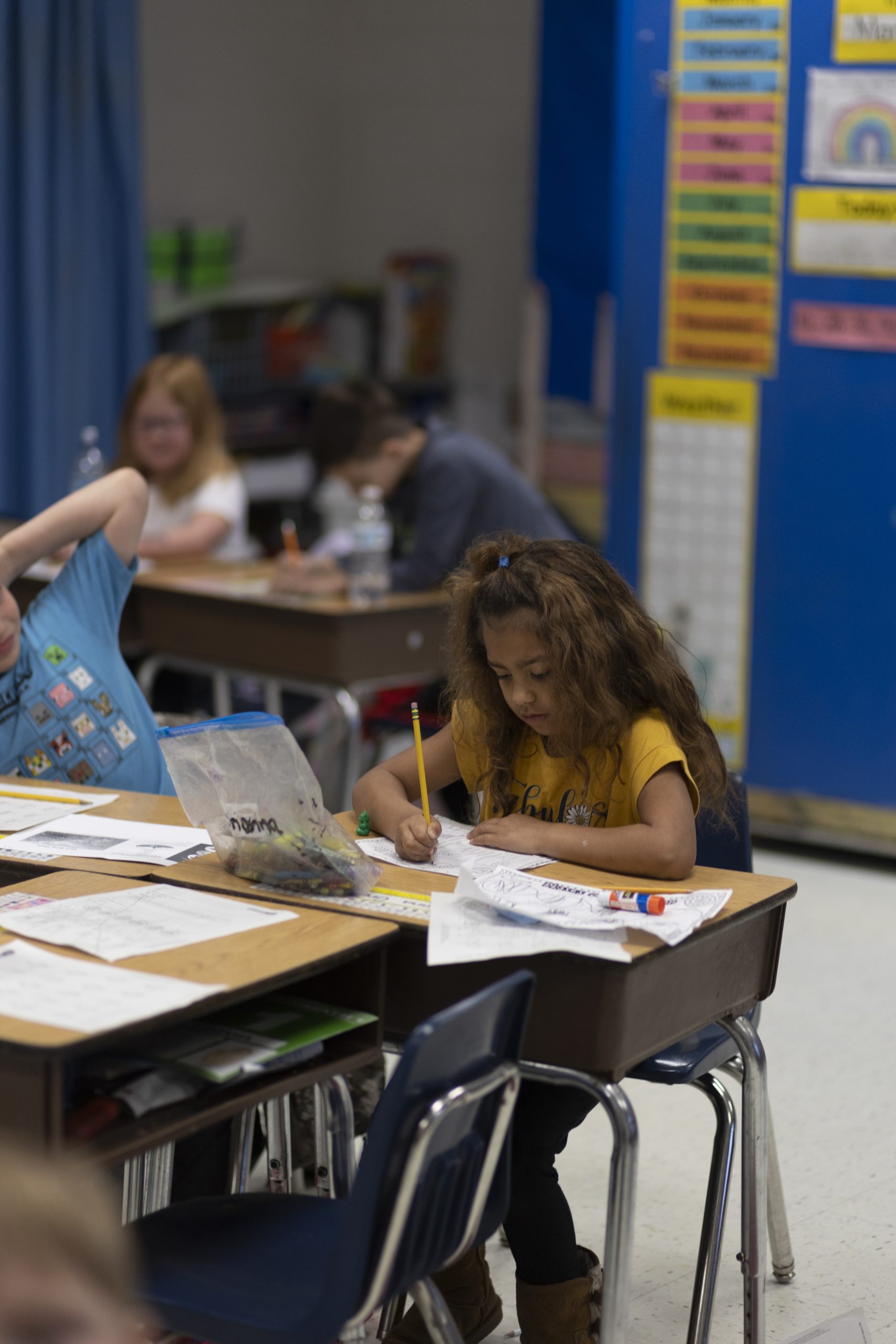
2nd Grade
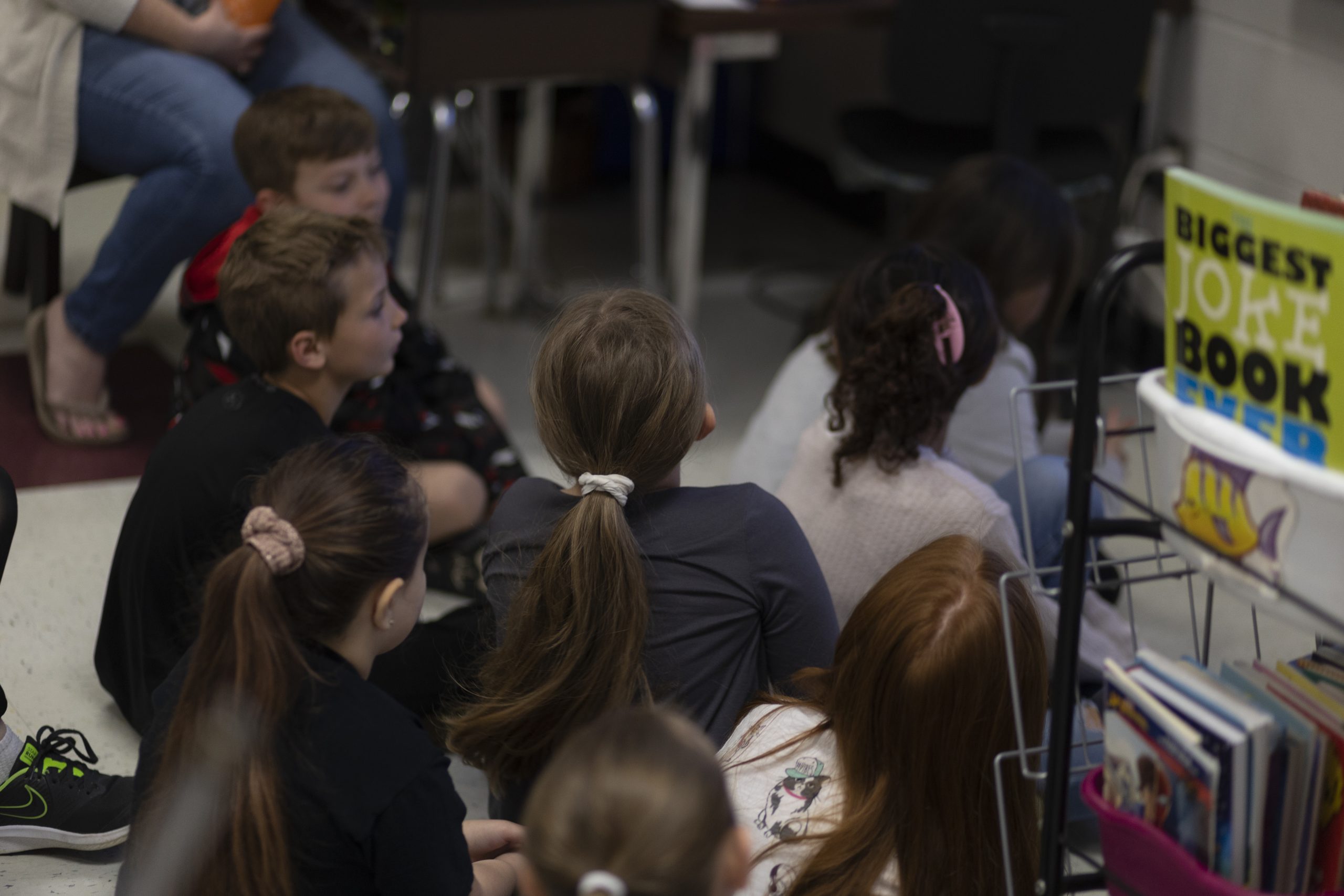
3rd grade
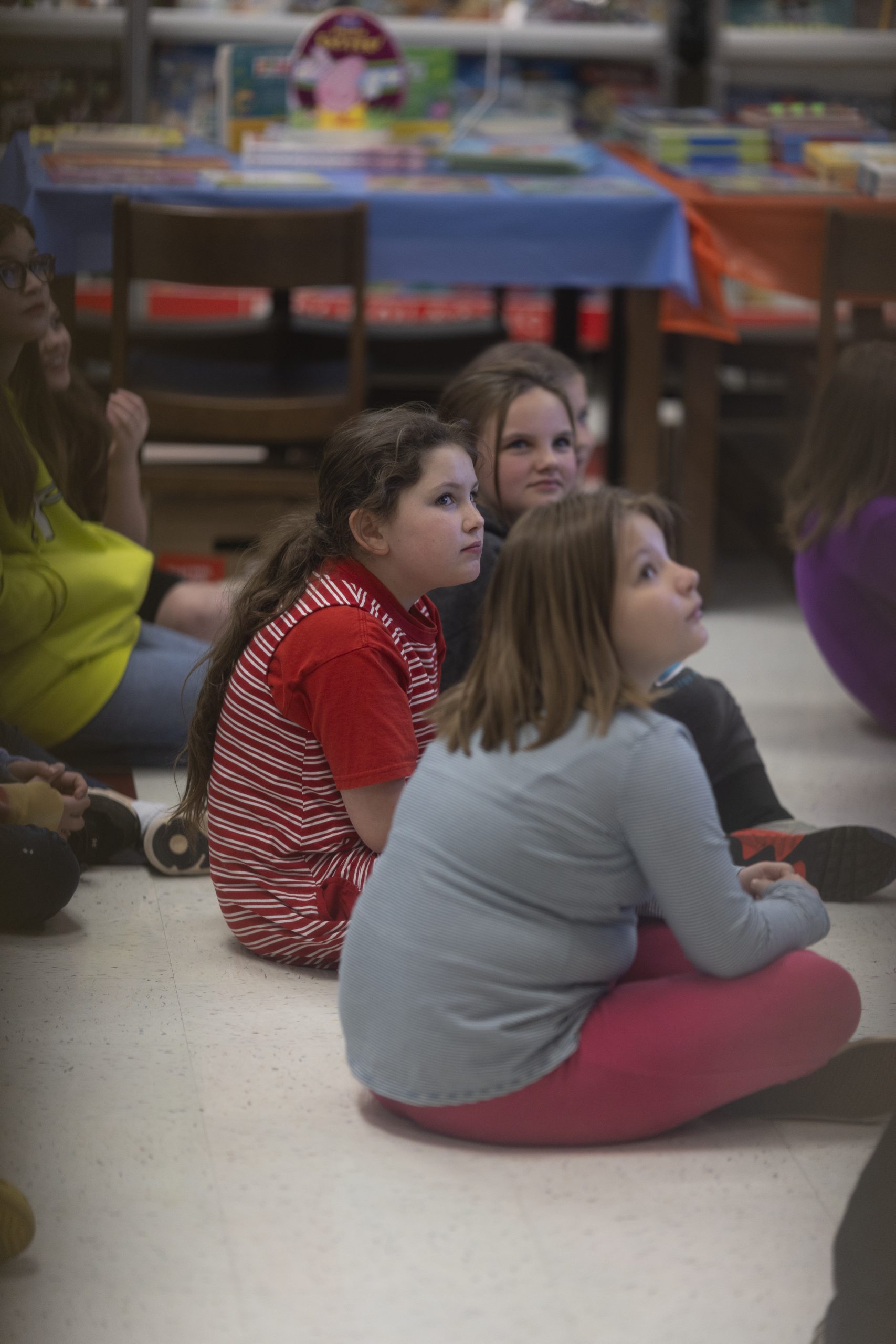
4th grade
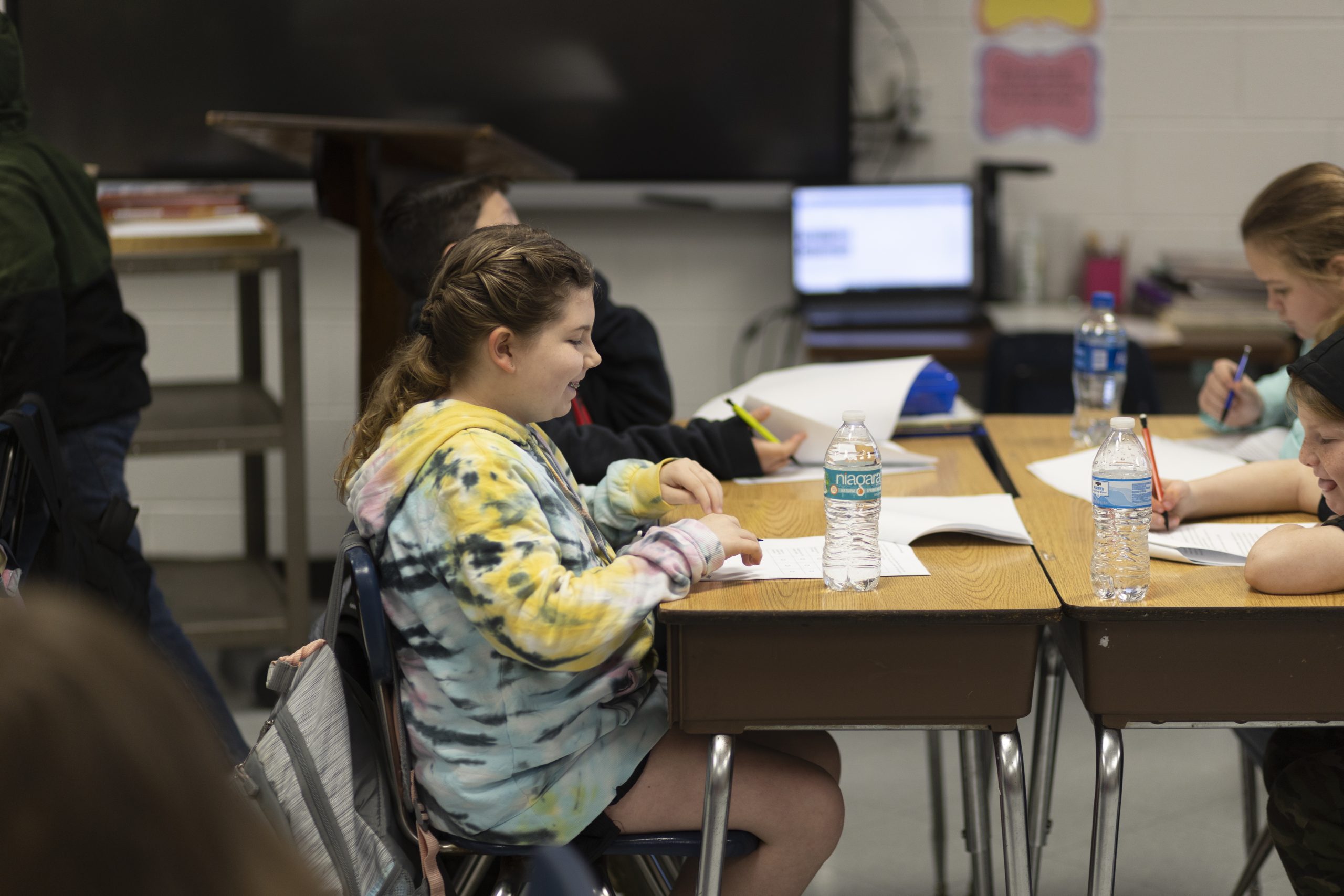
5th grade
RTI
Across the country, states are focused on intervening at the first signs of academic challenges—often called a Response to Intervention (RTI) method—to address deficits in student learning. In Tennessee, we have Response to Instruction and Intervention (RTI²), which is Tennessee’s academic three tiered framework for teaching and learning that begins with high-quality, differentiated instruction throughout the day and emphasizes intervening with students when they first start to struggle to avoid prolonged academic difficulties.
Our RTI team will work to identify students who may have needs that require intervention. Intervention is given through small group instruction with teachers and assistants specifically trained to use research-based programs. The goal is to use strategies to fill in gaps that are preventing a student from working on grade level, and getting them back on target. RTI is available for Reading and Math.
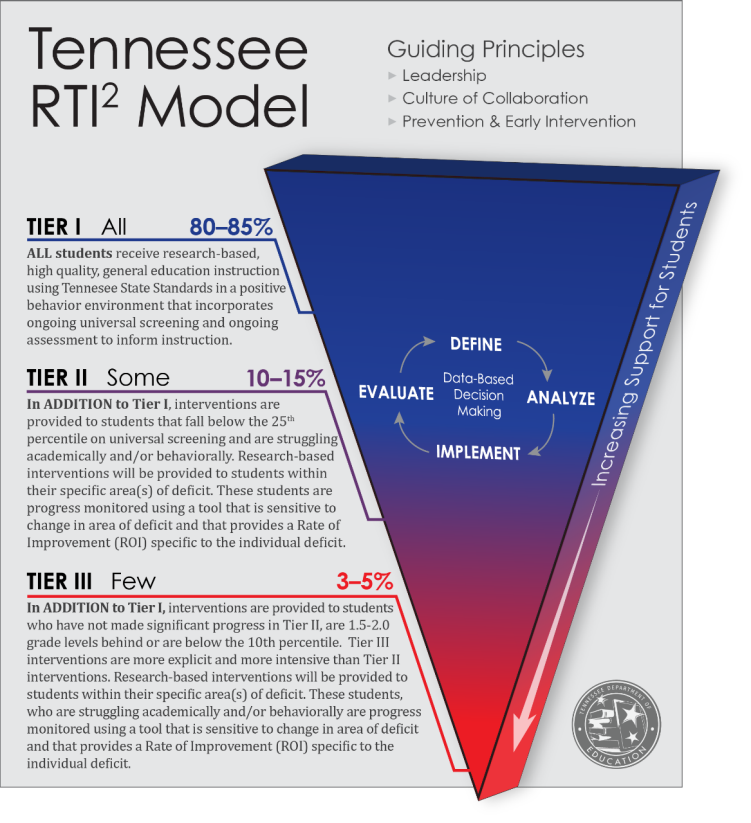

Creative Dramatics
In Tennessee, arts education includes the study of five separate and distinct disciplines: dance, media arts, music, theatre, and visual arts.
The federal Every Student Succeeds Act (ESSA) lists the arts and music as a part of a “well-rounded” education, and Tennessee schools offer a rich history of supporting arts education. Tennessee is recognized nationally for significant contributions in arts and culture, and the state academic standards for arts education contribute to increased student access to quality arts education that impacts college, career, and life readiness for Tennessee students.
In Creative Dramatics, students have opportunities for study all the disciplines of the fine arts and develop their creative abilities. Students attend Creative Dramatics once a week. Mrs. McCall will working with students this year to unleash their imagination through the arts.
CCLC Before and After School Program
Our before and after school program offers tutoring and enrichment activities for students. Students have certified teachers and trained staff to teach a variety of classes. If you are interested in enrolling your child in the program, forms are sent home before the start date, or you can request a form anytime during the school year. Spots are first come, first serve, and tend to fill up quickly, so to ensure a spot, make sure to apply early!
The program offers:
- Snacks
- Homework help
- Specialized tutoring
- Enrichment Activities such as: arts & crafts, character building, physical education, computers, and other creative and cultural activities.
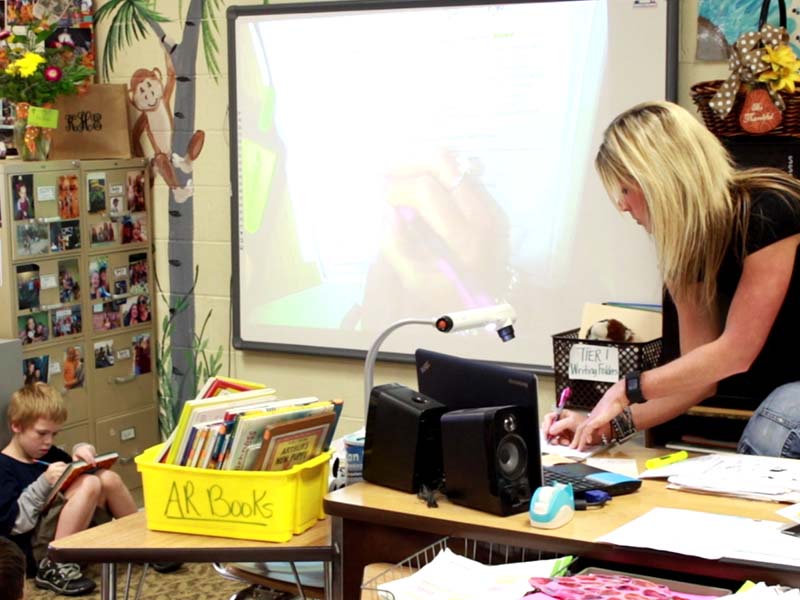
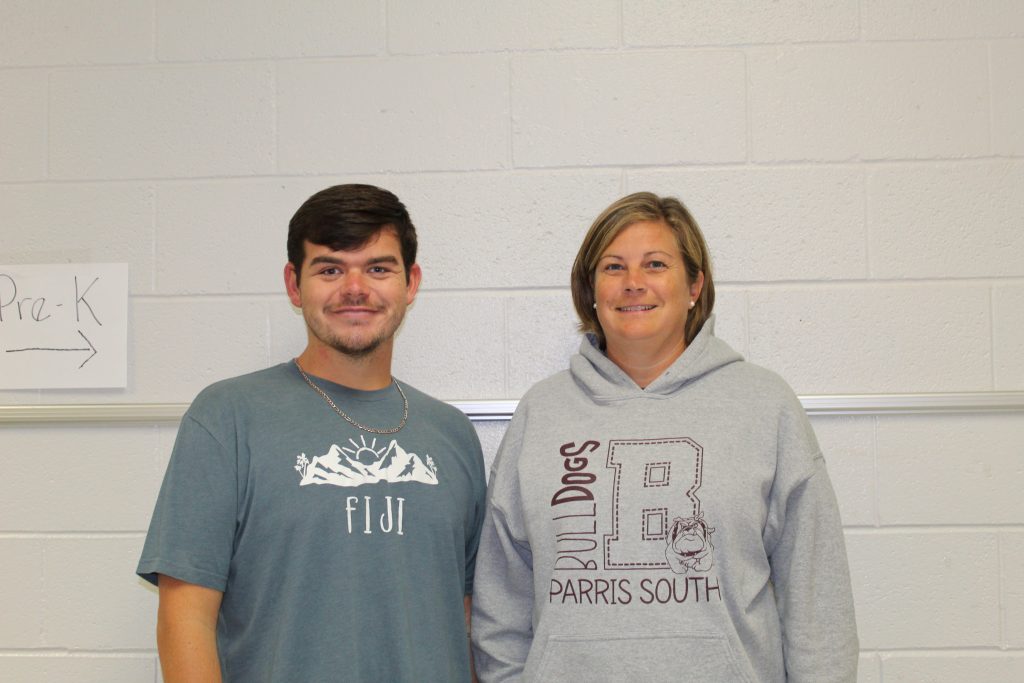
P.E.
Physical Fitness is a necessary component of keeping our bodies and brains working effectively. Physical Education is a way students learn to “Sharpen the Saw,” by taking time to take care of their heath and physical wellbeing.
“RockStar,” aka Mrs. Keri Surratt and her assistant Riley keep P.E. fun and exciting for students. They offer organized activities as well as time for free play and socialization for students. Every child needs time to expel the energy that is built up from academic tasks, and there is no one better than “Rockstar” to help students learn to do this to benefit their bodies and minds.
Guidance
School counseling programs in Tennessee have always played an important role in the educational process for students. School counselors work with students, families, communities, faculties and staff to address issues that have a substantial impact on student academic, personal/social and career development. Wherever counselors serve, be it in rural, urban or suburban areas, they strive to meet the needs of all students.
Guidance Classes meet with our school Counselor once a week to learn skills that will help them develop character, grow as people, and become good leaders. Mrs. April’s teaching includes helping students learn the 7 Habits of Highly Effective People, and how those habits help them in life.
Mrs. April is also available on an individual basis to work with students to cope with issues impacting their lives.
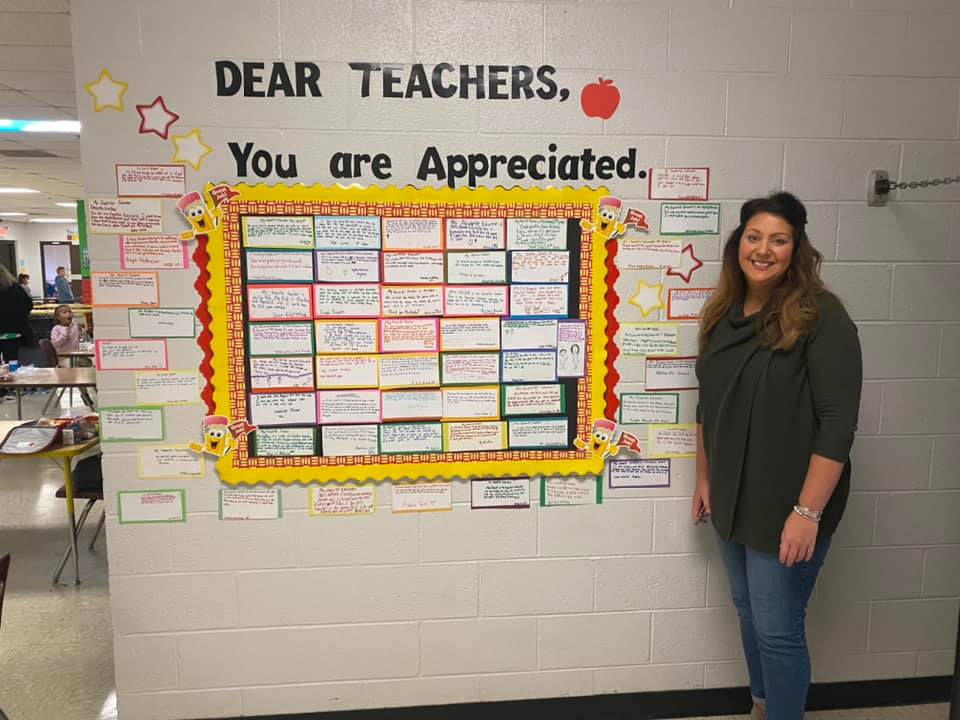
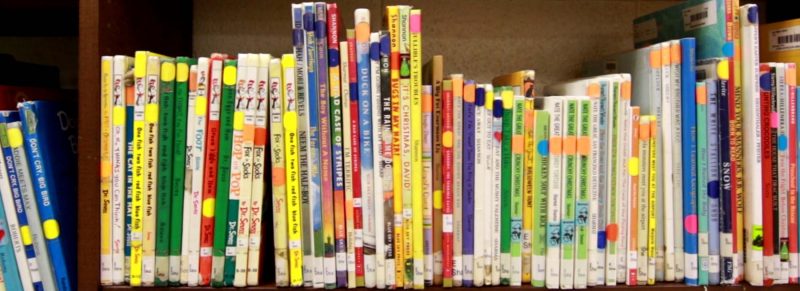
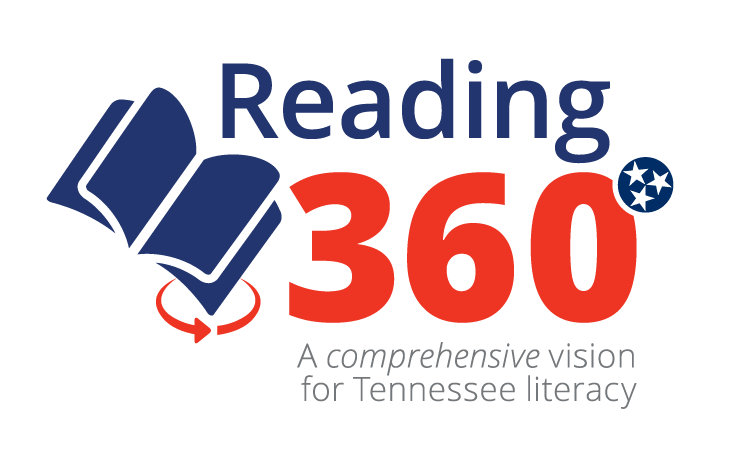
Library
Computer Lab
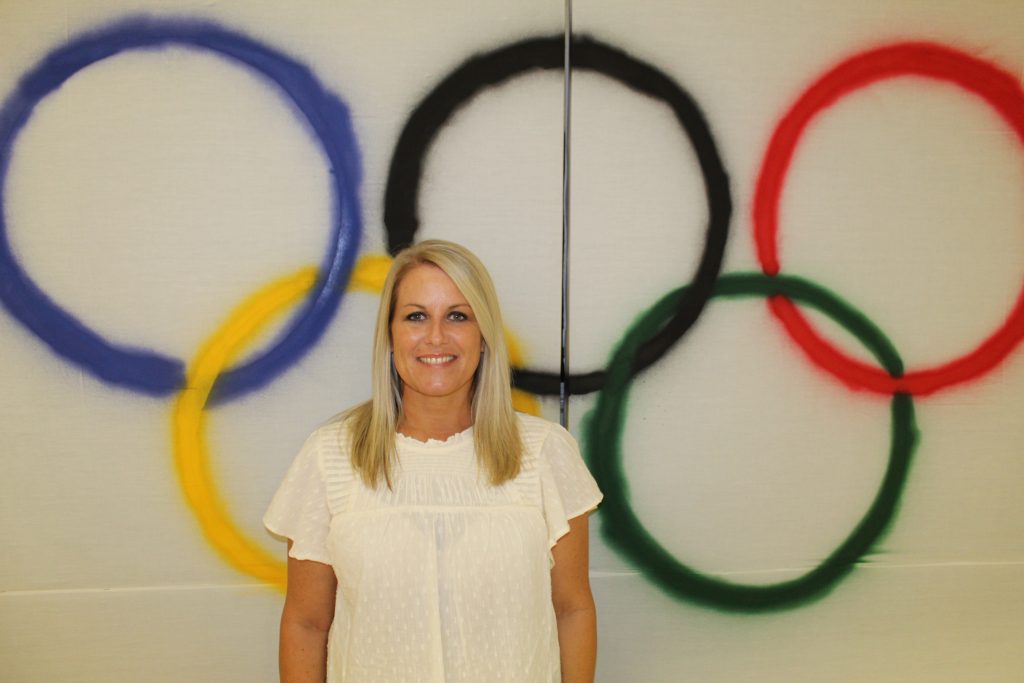
Print Concepts
Kindergarten and First Grade- The students are taught the organization and basic features of print. (Following words from left to right, top to bottom on a page, and to recognize features of a sentence such as punctuation, capitalization, etc.)
*These concepts are taught in these grades and followed through all upcoming grades.
Handwriting
Phonics and Word Recognition
Kindergarten- These students are taught to know and apply grade-level phonics and word analysis skills to decode words.
(Produce sounds for each consonant and for long and short vowels, know sight words, and distinguish between similarly spelled words by identifying the letters that differ)
First Grade- These students are taught to know and apply grade-level phonics and word analysis skills to decode words.
(Know the spelling-sound correspondences for common consonant diagraphs, decode one-syllable words, learn about final –e, vowel teams, learn that every syllable must have a vowel, break apart syllables to decode words, learn inflected endings, and read appropriate irregularly spelled words)
Second Grade- These students are taught to know and apply grade-level phonics and word analysis skills to decode words.
(Distinguish long and short vowels when reading, know common vowel teams, decode regularly spelled two syllable words with long vowels, decode words with prefixes and suffixes, identify words with inconsistent but common spelling-sound correspondences, and recognize and read grade- appropriate words)
Third Grade Through Fifth Grade- These students are taught to know and apply grade-level phonics and word analysis skills to decode words.
(Identify and know meaning of prefixes, suffixes, and root words, decode words with common Latin suffixes, decode multi-syllabic words, and read grade appropriate irregularly spelled words)
Fluency
Kindergarten- The students should be able to read emergent-reader texts with purpose and understanding by the end of the year to prepare them for grade 1.
First Grade Through Fifth Grade- The students should build on reading with sufficient accuracy and fluency to support comprehension. The student should read on-level text with purpose and understanding. They should read on-level text orally with accuracy, appropriate rate, and expression on successive readings.
***Other Reading /Language skills progress in the same way. They start in Kindergarten and progress to a higher skill level each year. There are many other standards. You may find these at you may go to www.corestandards.org
Phonological Awareness
Kindergarten- The students are taught the understanding on spoken words, syllables, and sounds:
(Rhyming words, syllables, blending letters to make words, add or substitute individual sounds to make new words, etc.)
First grade- The students are taught the understanding on spoken words, syllables, and sounds:
(Distinguishing between long from short vowel sounds, orally produce words by blending, isolate and pronounce the beginning, middle, and ending sounds in CVC words, and substitute individual sounds)
* These concepts are taught in these grades and followed through all upcoming grades.

